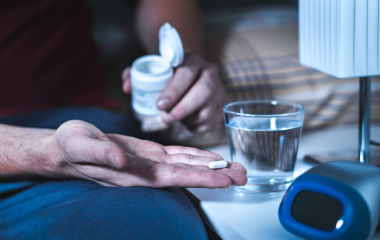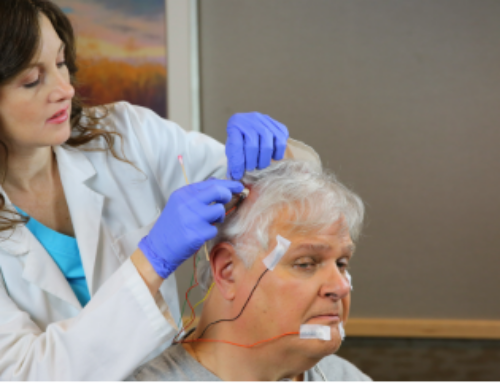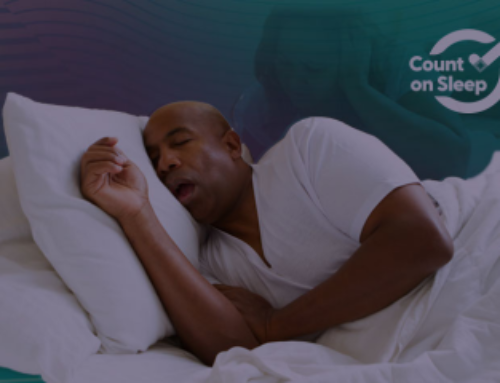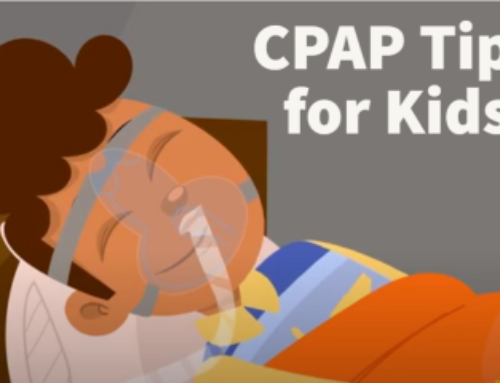Prescription drug abuse is a nationwide problem affecting every segment of society.
Older adults may be most vulnerable to prescription drug abuse. They are prescribed more medications than younger adults. But surveys show that the problem also can affect children and teens.
The National Institute on Drug Abuse reports that millions of people in the U.S. abuse prescription drugs each year. A 2006 survey found that 16.2 million Americans age 12 and older took a prescription drug for nonmedical purposes at least once in the previous year.
The NIDA also estimates that 48 million people have abused or misused prescription drugs in their lifetime. This represents about 20 percent of the U.S. population.
Which drugs are most likely to be abused? The NIDA warns that three classes of drugs carry the greatest risk.
Opioids are commonly abused. These drugs are used to treat pain. Examples include morphine, codeine, OxyContin, Vicodin and Demerol.
A 2007 study funded by the NIDA found that almost three percent of eighth-grade students had used Vicodin for nonmedical purposes in the previous year. More than five percent of 12th-graders had abused OxyContin.
Stimulants also may be abused. These drugs increase alertness, attention and energy. They are used for problems such as narcolepsy. Examples include dextroamphetamine and methylphenidate.
A newer stimulant with a lower risk of abuse is a unique chemical compound called modafinil. It is marketed as Provigil. It is FDA-approved to treat daytime sleepiness related to narcolepsy, shift work and obstructive sleep apnea.
Central nervous system depressants also are commonly abused. This class of drugs includes barbiturates such as Nembutal. It also includes benzodiazepines such as Valium and Xanax.
Barbiturates were a common sleep aid in the early 1900s. They were effective, but they can be dangerous and have a strong risk of causing addiction. These drugs are no longer in common use.
The barbiturates were replaced in the 1960s by a new class of drugs called “benzodiazepine receptor agonists.” These hypnotic sedatives became the standard form of medication for the treatment of insomnia. Examples include Dalmane, Doral, Halcion, Prosom and Restoril.
They are still in use today. But safer “nonbenzodiazepines” were introduced in the 1990s. These drugs have a very low risk of addiction. Examples include Ambien, Lunesta and Sonata.
Another low-risk sleep aid is ramelteon. It is marketed as Rozerem. This drug is a melatonin receptor agonist. It targets the part of the brain that regulates the sleep-wake cycle.
The AASM offers these guidelines for taking sleep medications safely and properly. Contact your doctor or pharmacist if you have any other questions about taking sleeping pills. You also should ask your doctor about cognitive behavioral therapy for insomnia. It is a safe and effective treatment option.
Taking too much of any prescription drug can be dangerous. Combining medications also can be deadly. It can raise your blood pressure, suppress breathing or lead to heart failure.
You should only take a prescription drug under the supervision of a doctor. Make sure your doctor is aware of any other medications that you already take.
The NIDA reports that drug addiction is a brain disease that can be treated effectively. Treatments include detoxification, counseling and drug therapy.
To get help call 1-800-662-HELP or go online to http://findtreatment.samhsa.gov/.





